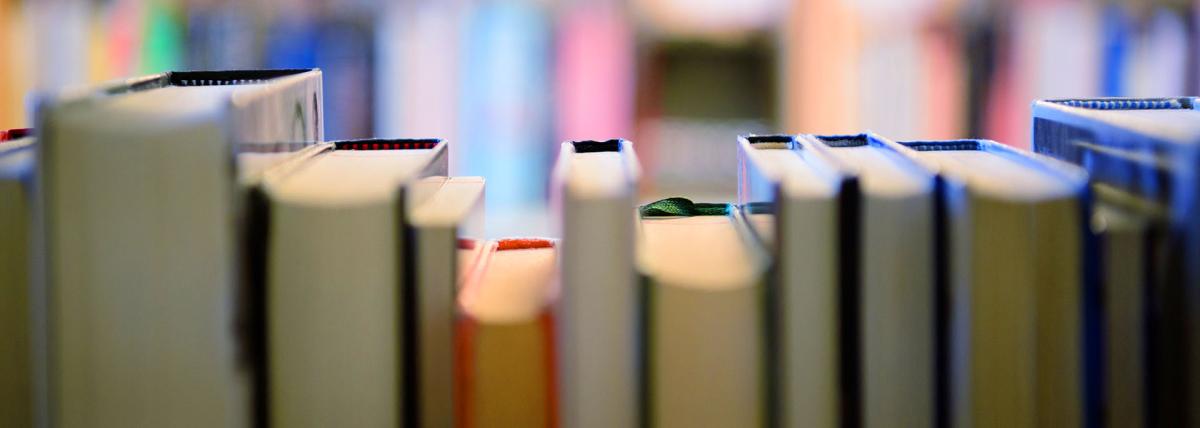Best Class Plant
Planarian Regeneration
Students will dive into the world of three-dimensional structures, shapes, and basic engineering principles through this hands-on lesson using Magna Tiles.
Students will create a community city by applying the concepts of area and perimeter using geometry shapes. This hands-on lesson incorporates the engineering design process and gives students an
This lesson is about exploring Arizona's state bird, the cactus wren, that lives in the desert, has special body parts and behaviors that help it survive in its harsh environment. Students will learn
Using The Wild Robot by Peter Brown as provocation, students will develop a project integrating math, science, engineering and ELA standards. Students will build a robot prototype and take it through
This lesson is called shape sculpture and the students will fashion a sculpture out of celluclay. Initially the students will create a 2D drawing of a cake design (or cupcake or doughnut depending on
This lesson, is one to make your students taste buds jump for joy as they get to create their very own edible eyeball cookie. This is a great STEM lesson to use when learning about the parts and
Students create a city and a plan for a route for a Thanksgiving parade with floats coded by robots. The students build the buildings along the parade route using area or addition/subtraction houses
Marvelous Mexican Jumping Beans
In this third-grade lesson, students will make educated guesses about the "mystery object." Students will record what they notice and wonder about Mexican Jumping Beans. Students will create a game
This lesson incorporates Math, Science and Reading standards into a pumpkin themed third grade lesson. Students will use a mentor text to relate to the life cycle of a pumpkin, create, compare and
Featured Lesson Plans
Check out these notable lesson plans.

Makey Makey Storyboards

Sphero Rocket Payload Mission

